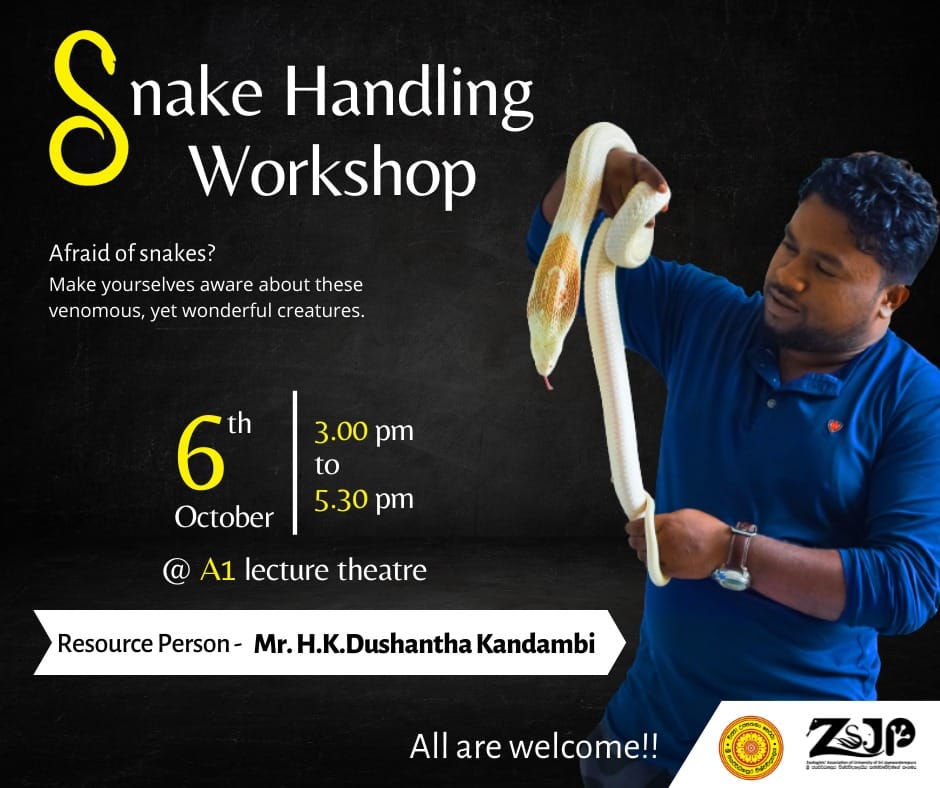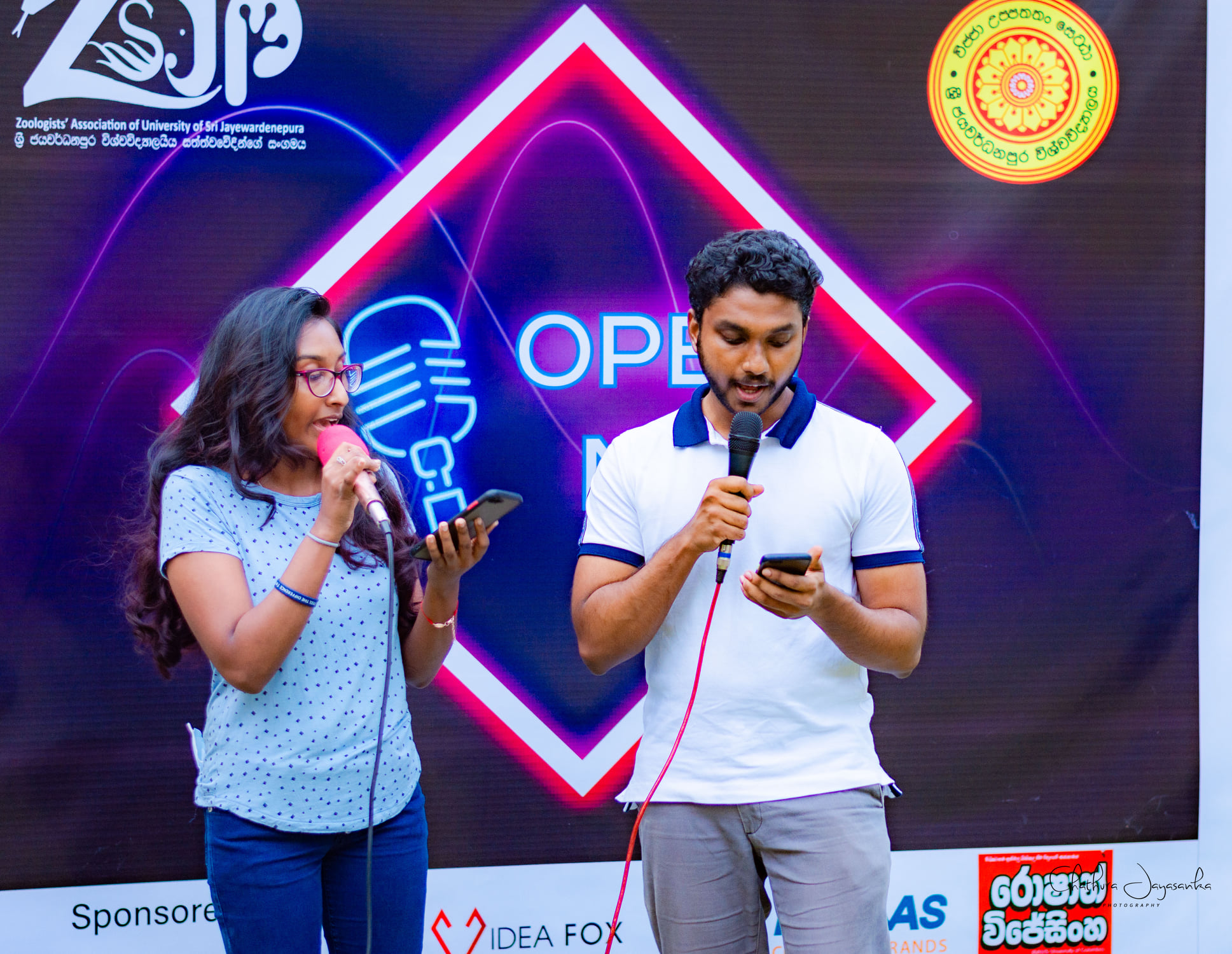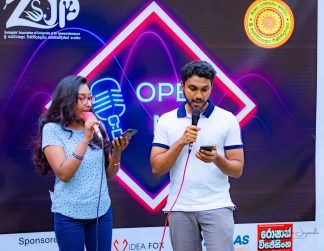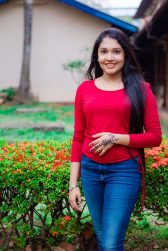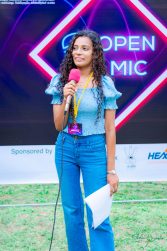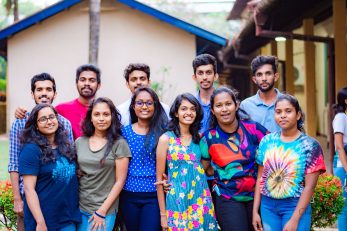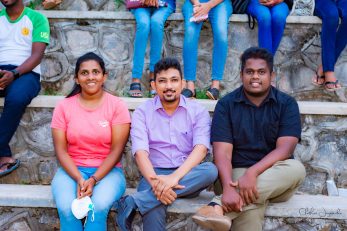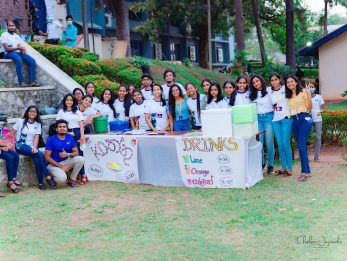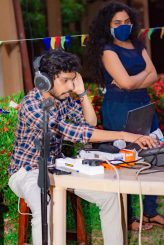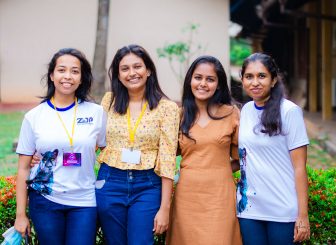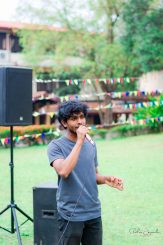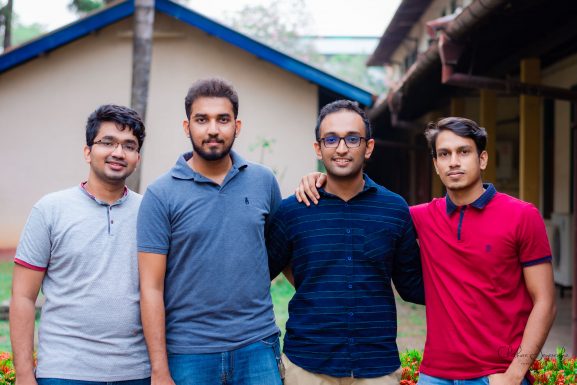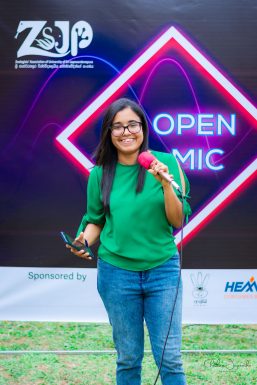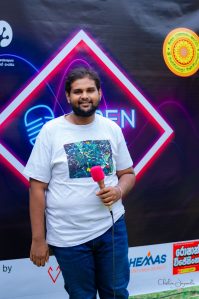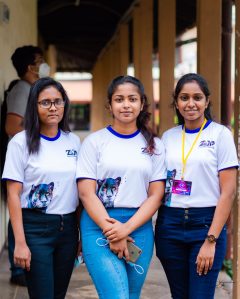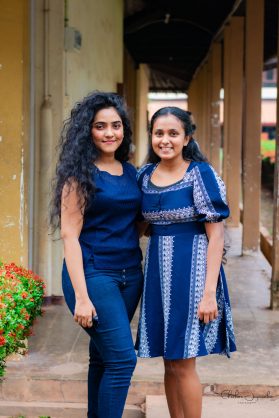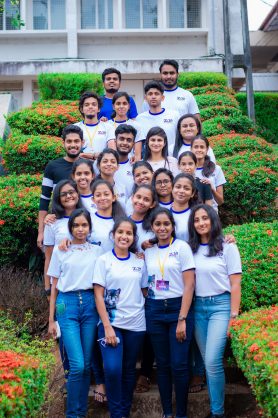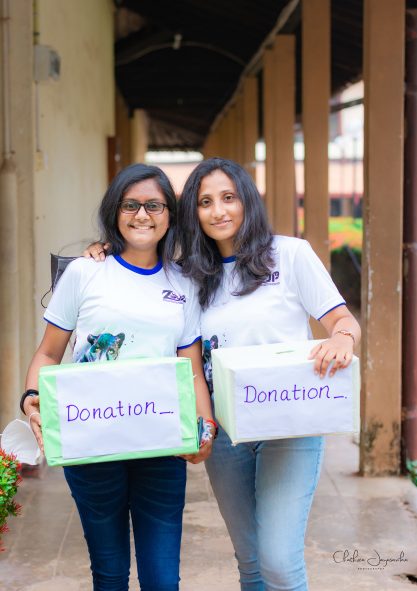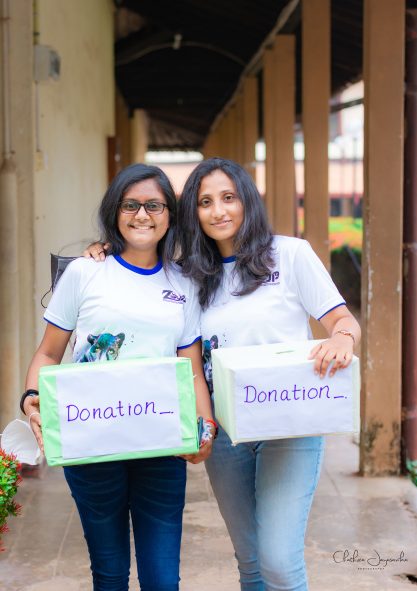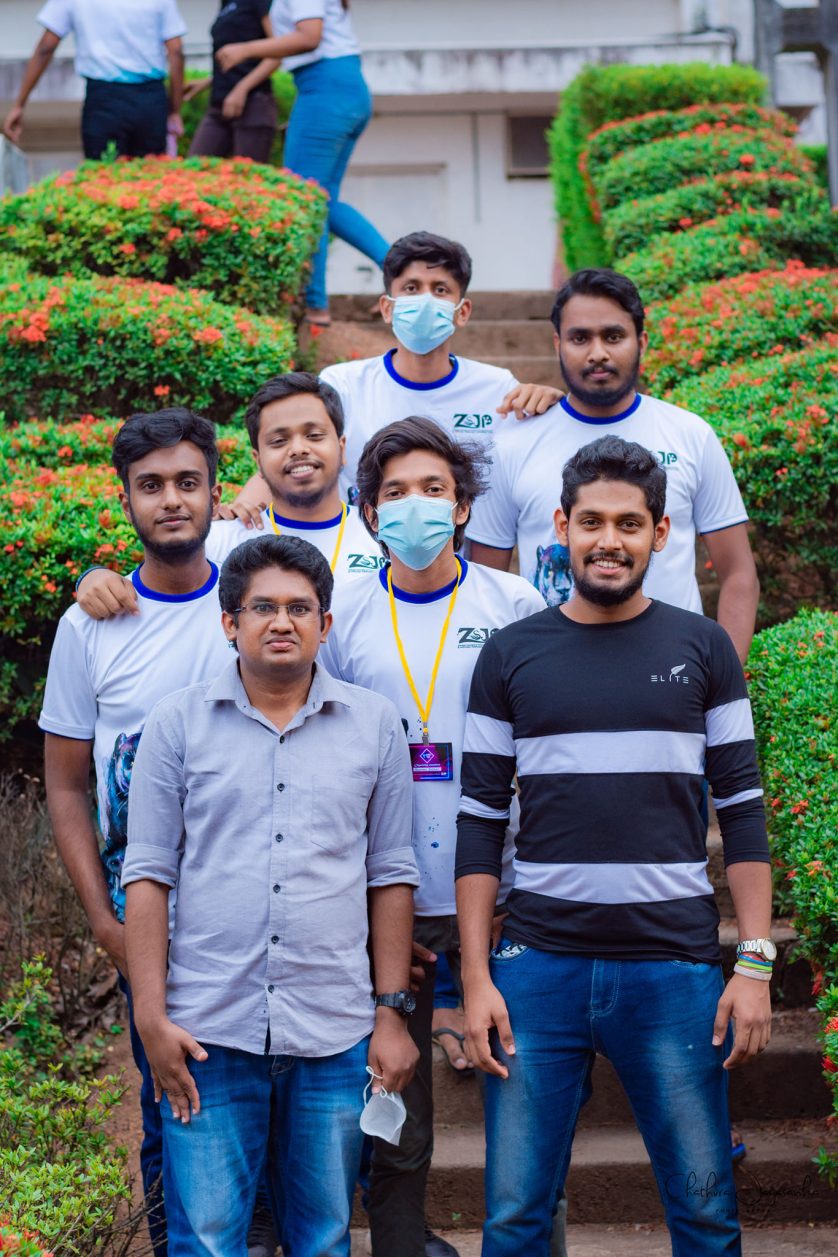The ZSJP Snake Handling Workshop will be held on October 6th from 3 pm onwards at the Department of Zoology premises.
The ‘Open Mic II’ entertaining event that was organized by the Zoologists’ Association of the University of Sri Jayewardenepura took place on the 03rd of March 2022 from 3.00 p.m. to 8.00 p.m. at the university premises. The event concluded successfully with the participation of many university students.
photographs: Chathura Jayasanka
TheMastersDegree/Postgraduate Diploma in Fisheries and Aquatic Resources Management is designed to meet the increasing need for highly skilled multidisciplinary managers, biologists, or biologically literate mathematicians and statisticians to work in the fields of fisheries and aquatic resources in order to address the management challenges of the present-day aquatic resources.
Admission
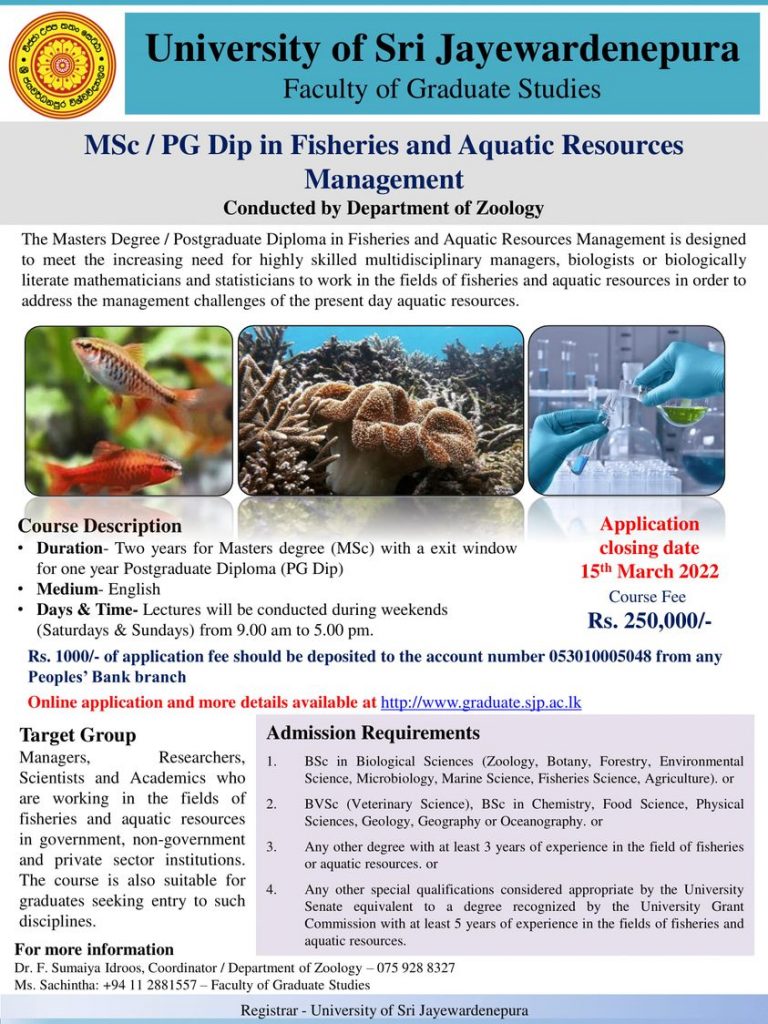
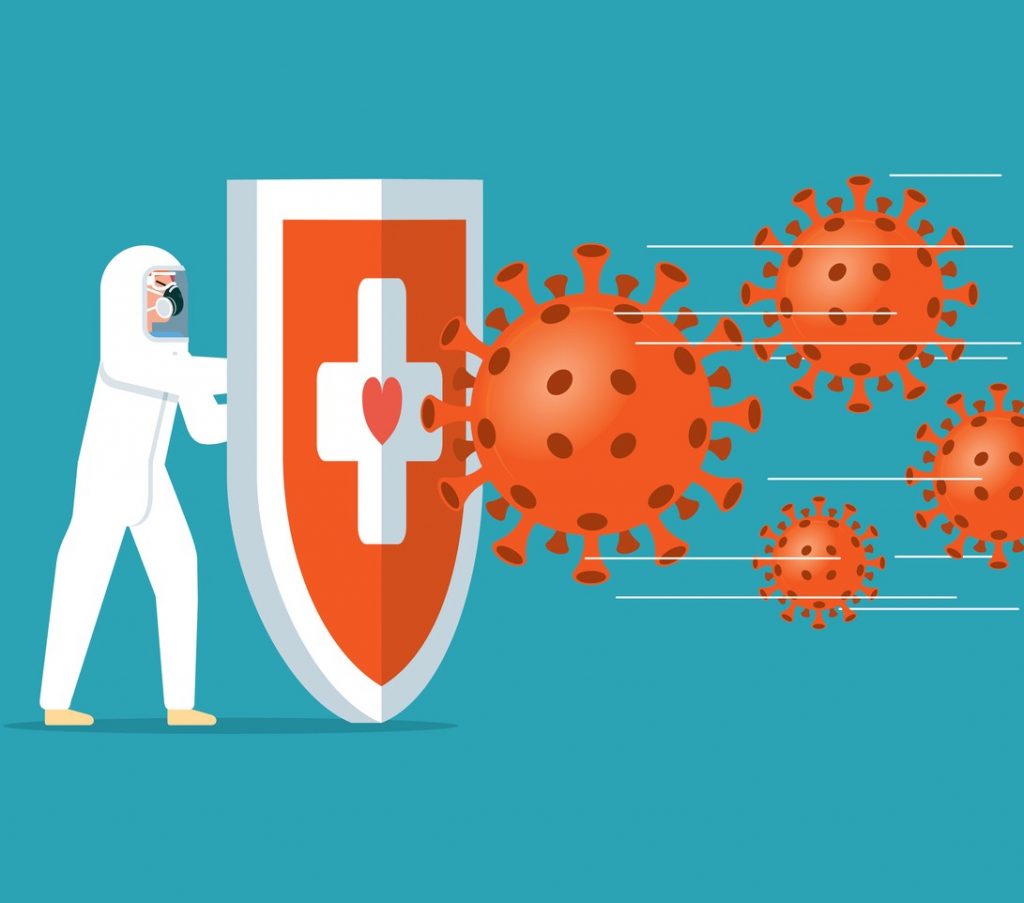
Notice – Guidelines for 1st year and 2nd year Students – Faculty of Applied Sciences
1st year and 2nd year students who are physically appearing for the practical classes and examinations should follow the below instructions.
- Students are strictly advised to follow the given COVID- 19 prevention guidelines.
- Students who are not fully vaccinated should carry a negative PCR report or antigen test report done within 48 hours when entering the university.
- Students who have not received both vaccines are advised to wear face shield in addition to the face mask.
- Any of the cost incurred due to above should bear by the students.
Guidelines for a primary contact of COVID- 19
If a student was found to be a primary contact, he/she will be allowed to participate in practical sessions only if they meet the following criteria:
- Approval from the MOH of the area to travel by a private vehicle between the place of residence and the faculty.
- Fully vaccinated
- Not having any COVID 19 related symptoms.
- Antigen testing on Day 1, 3, 7 and 10 during the practical schedule – needs to have a negative test to continue
- Wears a surgical mask properly at all times during the practical sessions with frequent hand sanitization.
General Instructions
- Students always should wash their hands for at least 20 seconds following the correct steps before entering university buildings and hostels. Students should wash their hands or use hand sanitizer with 70% alcohol frequently and specially after touching frequently touched surfaces and objects. It is recommended to have one’s own hand sanitizer while at work.
- More than one meter physical distancing should be maintained throughout the laboratories, and work areas.
- A mask should be worn properly by all students in university premises. If it is reused after removal for having meals etc. should be stored properly in a clean container.
- All students are encouraged to bring their meals from home as purchase of food from external sources is strongly discouraged.
- Students should maintain respiratory etiquette at all times and at all places.
- Sharing of equipment like pen, pencil, phone between staff or between a staff member and student will not be allowed. If needed sanitize them before and after exchange.
Laboratories /Examination center
- All students should follow the general instructions given in this guideline.
- All students should wear face masks inside the Laboratories/examination hall.
- Students are allowed to use rooms and washrooms in the designated areas only.
- Exchange of pen, pencil, eraser between candidates should not be allowed. If needed sanitize them before and after the exchange.
- Attention should be paid to maintain hand hygiene and physical distancing as much as possible when signing admission card by candidate.


